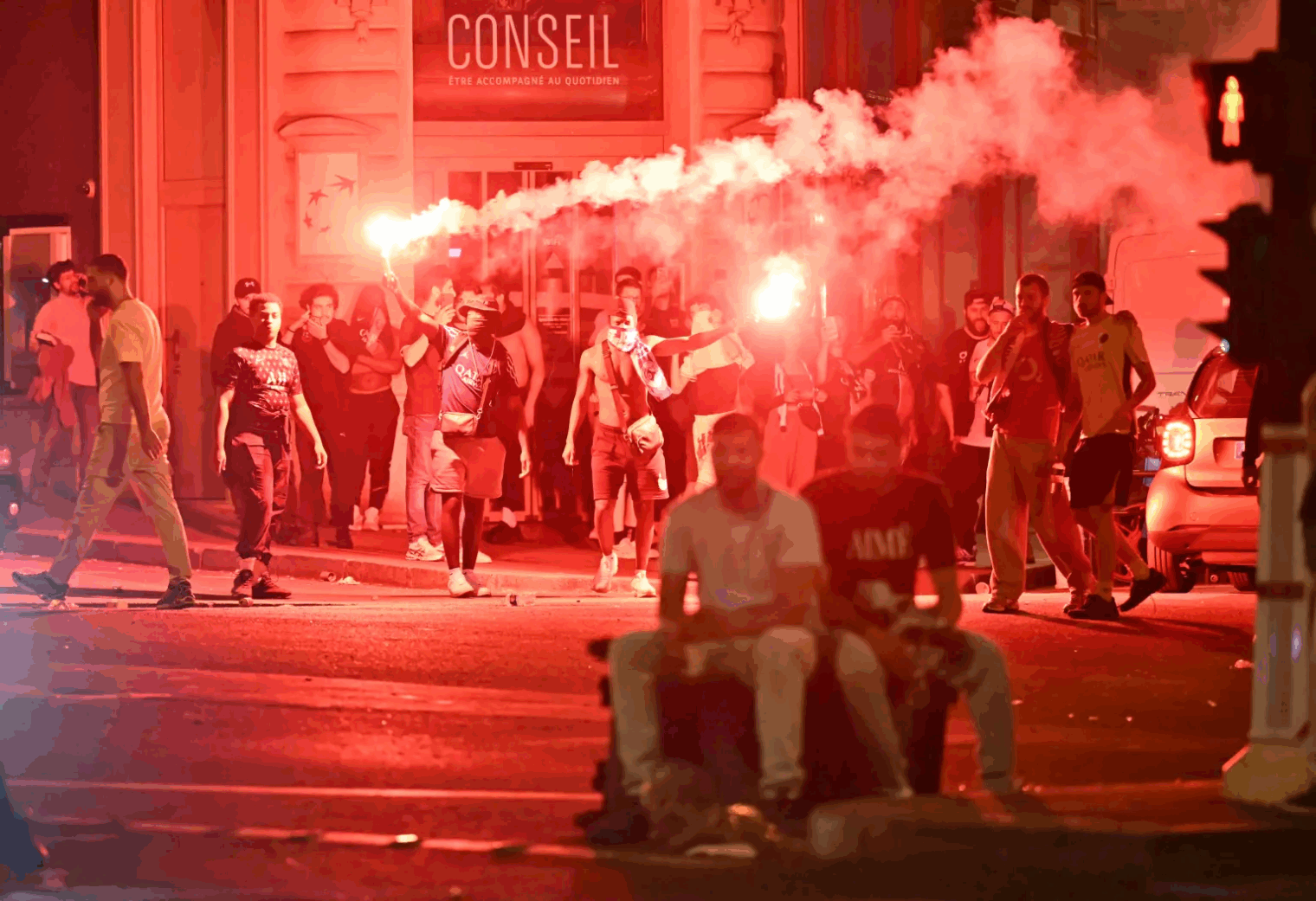Losing my bet on why Elon Musk would leave government
In mid-January, a colleague and I disagreed on when and why Elon Musk would leave the U.S. government. He said that Donald Trump would get into a fight with Elon and fire him. I said that Elon Musk would quit after he realized that it was impossible to cut federal spending because the enemy is mostly us (i.e., Americans who want the world’s largest welfare state, as a percentage of GDP (we were #2 behind France before the coronapanic enhancements)). We made a friendly bet that I would win if Elon hadn’t been fired by the end of February 2025.
Isn’t it my colleague/friend who lost the bet? Elon was still in Washington, D.C. at the end of February. That’s true, of course, but the fight between the two guys has become so personal that I think it is also fair to say that my friend was correct and I am the loser of the bet.
Which of these two is correct? Neither Elon Musk nor Donald Trump (nor anyone else) has a crystal ball and, therefore, neither one can be proven correct or incorrect. They have different assumptions about future GDP growth, apparently. I am a pessimist so I agree with Elon Musk. Given that the U.S. has turned itself into a shelter for tens of millions of humans from the world’s least successful societies (latest example: Mohamed Sabry Soliman plus his wife and five children; previous example: “Maryland father” Kilmar Abrego Garcia) I don’t see how we are going to have significant per capita GDP growth (even immigrants who earned as much as native-born Americans wouldn’t solve our fiscal problems; see “immigrants age too” in Aporia). But Trump the Optimist could turn out to be right, e.g., if the AI boom turns out to be real.
Although I agree with Elon on the likely deficit trajectory, I disagree with him on what is at stake. Congress isn’t locked into any particular tax or spending policy. If the GDP growth forecast by Donald Trump does not materialize, Congress and President AOC can work together to raise taxes, e.g., a 20 percent federal value-added tax plus a $1/mile fee to travel on interstate highways. Congress and President AOC could eliminate the current unlimited charitable deduction, which is enabling Bill Gates to deprive the U.S. Treasury of at least $40 billion in capital gains taxes as he sends all of his accumulated wealth to deserving Africans (DW). Congress could even, in some alternate universe, cut spending! Congress could say, for example, that no more than 10 percent of Americans can be on welfare (means-tested housing, Medicaid, SNAP/EBT, or Obamaphone) at any one time. The safety net would then be for unusual situations, not for the average American. (Of course, this is a fantasy!)
Related:
- “The Medicaid program is the largest single source of health care coverage in the United States, covering nearly half of all children, over 40% of births” (source); i.e., nearly half of Americans are born via welfare and continue on welfare (imagine a circus with a “safety net” into which roughly half the performers fall)
- If All Lives Have Equal Value, why does Bill Gates support shutting down the U.S. economy? (before sending hundreds of $billions taken from US/EU consumers to Africa, Gates contributing to harming Africans via trade reductions for coronapanic)














